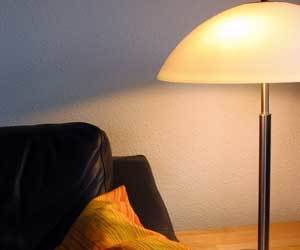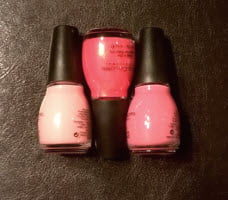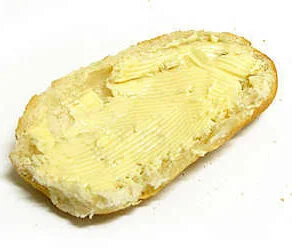Jennifer asked: How can I clean body oil stains from my Italian leather couch? I have a 10-year-old, very expensive Italian leather couch. Over the years, our body oils have stained the couch. I need to get it back to the color it was. It is very shiny and smooth. Thank you.
Over time, body oils are destructive to leather and the finishes that are applied to the surfaces. Once body oils have penetrated the surface, it usually requires professional cleaning to remove them. When home methods are used, it may result in the removal of the leather coloring. Once removed, the color will have to be replaced, which can be an even more difficult task. Here are two methods you can try before calling a professional, however keep in mind that they too may lead to results that require profesional assistance to remedy.
time, body oils are destructive to leather and the finishes that are applied to the surfaces. Once body oils have penetrated the surface, it usually requires professional cleaning to remove them. When home methods are used, it may result in the removal of the leather coloring. Once removed, the color will have to be replaced, which can be an even more difficult task. Here are two methods you can try before calling a professional, however keep in mind that they too may lead to results that require profesional assistance to remedy.
The Powder Method
This method is used to pull oil from a variety of surfaces: clothing, concrete, etc. However, it is usually performed using baking soda, which is an alkaline powder and not ideal for genuine leather since it is naturally acidic. Instead of baking soda, this method can be performed using cream of tartar, which is acidic. This method is relatively safe, however it is always best to test a small hidden area first to be sure.
You Will Need:
- Cream of tartar
- Water
- A bowl
- A vacuum
Steps to Remove the Oil:
- Mix some cream of tartar powder in a bowl with water to make a thick paste that is about the consistency of toothpaste or peanut butter. Cream of tartar is available in the baking or spice section of most grocery stores and supermarkets.
- Spread the paste over the stain.
- Let the paste sit on the stain for at least 30 minutes. For bad stains, the powder can be allowed to dry on the area. The powder will draw the oils out of the leather and absorb them.
- To remove the paste while it is still wet, simply wipe it off with a damp cloth, then wipe the area with a dry cloth to dry it. If the paste has dried, it can be wiped off or vacuumed up.
- This process can be repeated as many times as needed to fully remove the oil. It is likely that at least two applications will be required.
- Once the oil stains are removed, clean and condition the leather as usual.
The Degreaser Method
This method is similar to what a professional will do, however keep in mind that it may require the leather be re-colored.
You Will Need:
- A leather degreaser
Steps to Remove the Stains:
- Get a leather degreaser. These products are available online or at some automotive supply stores or furniture repair stores.
- Test the degreaser in a small hidden area first to see how it performs. If you see any color removal, consider buying a different product or calling a professional instead. Each piece of furniture is different and some may work better with certain degreasers than others; the only way to know how it will perform with your specific item is to test it.
- Follow the instructions on the label of your selected product. Most degreasers are applied to the surface of the leather and allowed to sit for several hours before being cleaned off.
- Once the stains are removed, if you don’t see any damage, clean and condition the area as usual.
Calling a Professional
Choose a pro who is experienced with leathers and has the appropriate cleaning products and tools to successfully remove the oils without damaging the leather. Commonly, they will use a degreasing compound to draw the oils out. This can take several hours as the oils go much deeper than the discoloration that you see on the surface. Once all of the oils are removed, they will recolor the leather if necessary and replace the protective finish.
Preventing Future Stains
To prevent future discoloration and damage, apply a high quality leather protector. This will keep the body oils from being absorbed into the leather. Clean the surfaces regularly with the recommended cleaning methods to remove any oils sitting on the surface.
Additional Tips
- Never use a leather dye meant for shoes on upholstery. It is a different type of dye and will not be absorbed correctly into the uphosltery. (In other words, it will just create a big mess.)









Leave a reply